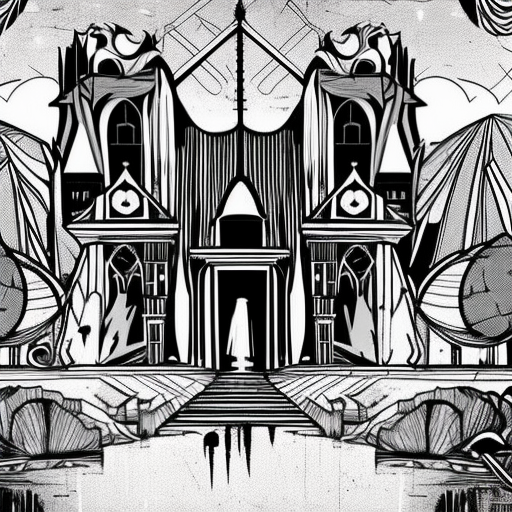Summary:
In “The House of Mirth” by Edith Wharton, we follow the life of Lily Bart, a beautiful and intelligent young woman living in New York City during the Gilded Age. Lily is determined to secure a wealthy husband and maintain her social standing, but her choices and the constraints of society lead her down a path of tragedy and despair.
The Pursuit of Wealth and Social Status
Lily Bart is part of the elite social circle in New York City, where wealth and social status are highly valued. She is aware that her beauty and charm can open doors for her, but she also understands that she needs to secure a wealthy husband to maintain her position in society. Throughout the novel, Lily navigates the complex world of social climbing, attending lavish parties, and engaging in subtle manipulation to attract potential suitors. However, her desire for financial security often conflicts with her own principles and desires, leading her to make questionable choices.
The Constraints of Society
“The House of Mirth” explores the restrictive nature of society during the Gilded Age, particularly for women. Lily Bart is constantly under scrutiny, and her every move is judged by her peers. She is expected to adhere to strict social codes and maintain a flawless reputation. However, as Lily faces financial difficulties and becomes entangled in scandalous rumors, she finds herself ostracized by the very society she desperately seeks acceptance from. The novel highlights the double standards and hypocrisy that exist within this elite social circle.
The Tragic Downfall
As Lily’s financial situation worsens and her reputation is tarnished, she becomes increasingly desperate to secure a wealthy husband. She enters into a loveless marriage of convenience, hoping it will save her from financial ruin. However, her decision ultimately leads to her downfall. Lily’s inability to conform to societal expectations, combined with her own pride and stubbornness, results in her isolation and eventual tragic end.
Throughout the novel, Edith Wharton paints a vivid picture of the opulent lifestyles and social dynamics of the Gilded Age. She delves into the complexities of human nature, exploring themes of love, greed, and the pursuit of happiness. Wharton’s prose is elegant and insightful, capturing the nuances of the characters’ emotions and motivations.
- Key Takeaways:
- Lily Bart’s pursuit of wealth and social status ultimately leads to her downfall.
- The novel exposes the restrictive nature of society during the Gilded Age, particularly for women.
- Wharton’s exploration of human nature and the complexities of relationships provides a thought-provoking read.
“She had no tolerance for scenes which were not of her own making.” – Edith Wharton, The House of Mirth
In conclusion, “The House of Mirth” is a captivating novel that delves into the themes of wealth, social status, and the constraints of society. Through the tragic story of Lily Bart, Edith Wharton exposes the dark underbelly of the Gilded Age and offers a poignant commentary on the human desire for acceptance and happiness.












